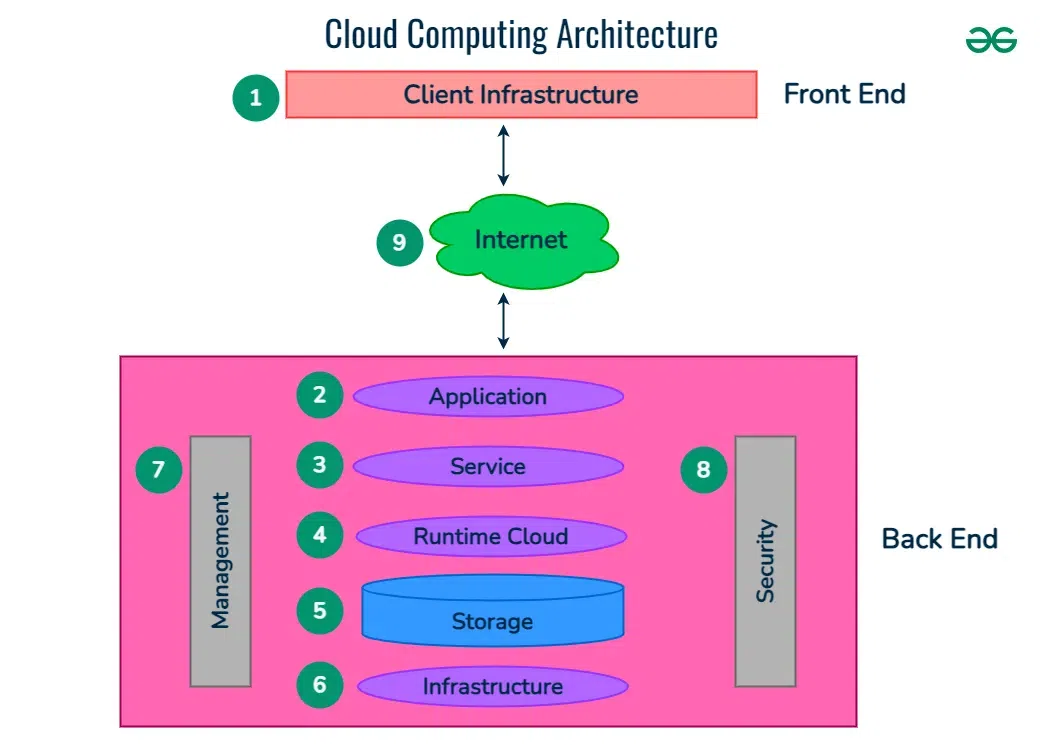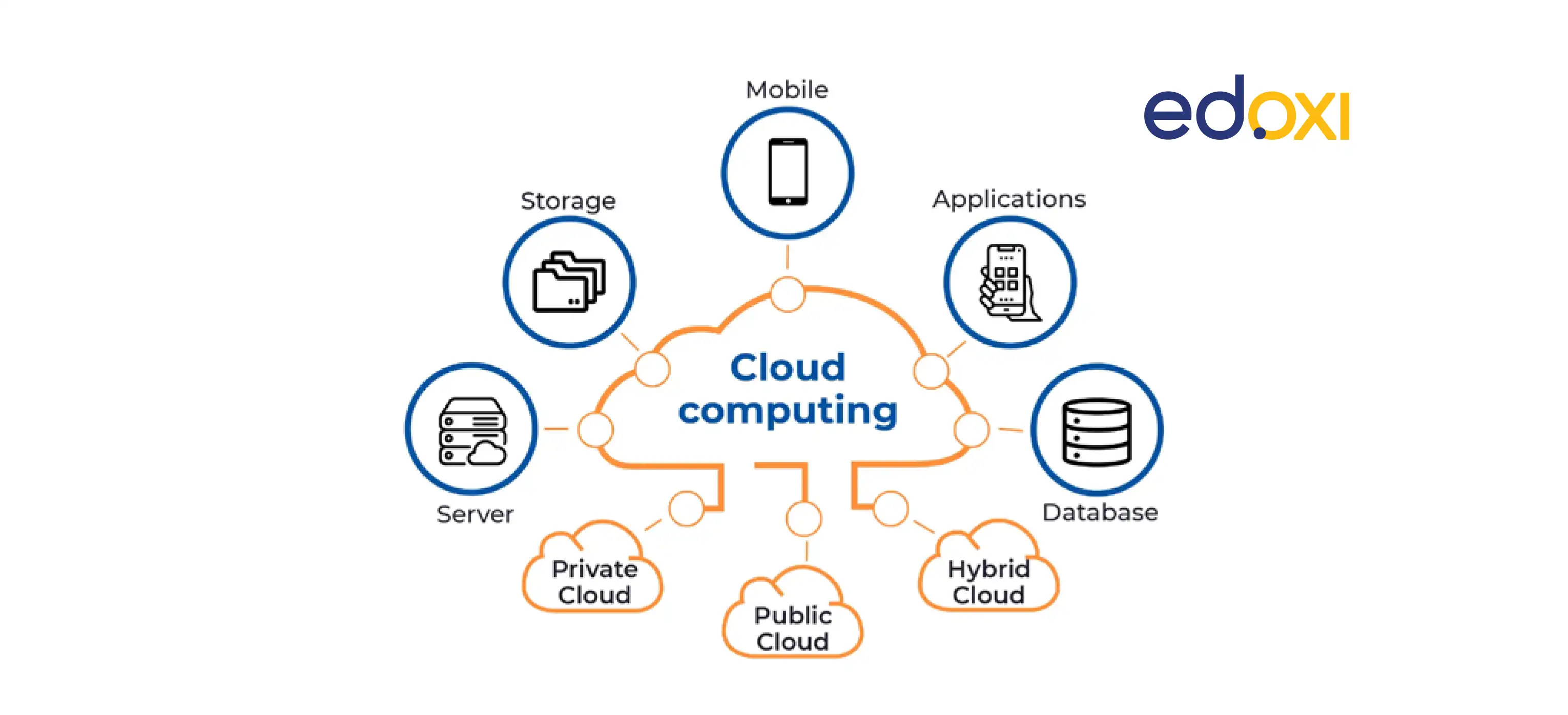Discover the Power of LinkDaddy Cloud Services: Authorities Press Release Insights
Wiki Article
Achieve Seamless Scalability With Cloud Solutions
In the ever-evolving landscape of cloud solutions, achieving seamless scalability stands as a keystone for contemporary businesses seeking to remain versatile and affordable. The quest for smooth scalability with cloud services introduces a world of possibilities for those willing to accept the transformative power of dynamic resource monitoring.Advantages of Cloud Scalability
Cloud scalability provides companies the flexibility to dynamically adjust resources based upon demand, making sure optimum efficiency and cost performance. One key benefit is the ability to range sources up or down rapidly in action to rising and fall workloads. This dexterity enables companies to satisfy altering customer needs without over-provisioning resources, ultimately causing cost savings. Scalability likewise enhances performance by ensuring that systems can take care of enhanced traffic or workload without experiencing downtime or slowdowns. By efficiently designating sources, companies can preserve high levels of efficiency throughout peak times without unneeded expenditures during quieter durations. In addition, cloud scalability promotes technology and experimentation by enabling companies to quickly test originalities and scale them as needed. This flexibility urges a society of continual enhancement and adaptation, allowing organizations to stay competitive in a quickly evolving market landscape. Eventually, the benefits of cloud scalability expand past price savings to incorporate improved performance, agility, and advancement.Key Features for Scaling
Effective scaling in cloud services depends on key features that enable companies to change sources dynamically based upon demand. One vital feature for scaling is flexibility, allowing sources to scale up or down in feedback to fluctuating workloads. This makes sure that organizations can meet performance demands without over-provisioning sources. Another essential attribute is scalability, enabling systems to take care of boosted work by adding sources effortlessly. This function is critical for fitting development without jeopardizing performance. In addition, automation plays an essential duty in scaling by automating the provisioning and de-provisioning of sources based upon predefined policies. Automation minimizes human intervention, improves effectiveness, and makes certain fast feedback to changing needs. Surveillance and analytics tools are likewise crucial for scaling, giving understandings right into source application, efficiency metrics, and prospective traffic jams. These tools make it possible for companies to make informed decisions and enhance source appropriation for reliable scaling. In general, these key features jointly empower companies to accomplish seamless scalability in cloud services.Executing Auto-Scaling Strategies
To properly enhance resource allocation and adjust to differing workloads, companies need to purposefully execute auto-scaling strategies in their cloud services framework. Auto-scaling allows systems to automatically adjust the number of compute resources based upon real-time need. There are various auto-scaling strategies that organizations can use, such as predictive scaling, which uses historic data to forecast future resource needs, and responsive scaling, which reacts to existing workload modifications.
Ideal Practices for Scalability
For organizations intending to boost their scalability in cloud services, implementing finest practices is essential for optimal efficiency and resource administration. One key ideal practice is developing applications with a microservices architecture. This technique breaks down applications right into smaller, independent solutions that can be deployed, upgraded, and scaled individually, enabling higher flexibility and scalability.One more important method is using containerization modern technology, such as Docker or Kubernetes. Containers enable the product packaging of applications and their dependencies right into separated units, making it less complicated to scale components separately and deploy them constantly across different atmospheres.
In addition, executing automated implementation and facilities as code (IaC) can improve scalability initiatives (linkdaddy cloud services). Automation tools like Terraform or Ansible aid in provisioning and taking care of resources effectively, lowering hand-operated mistakes and enabling fast scalability
Additionally, keeping an eye on performance metrics, establishing up informs, and conducting normal capacity planning are necessary methods to guarantee positive scalability administration. By sticking to these finest practices, organizations can achieve smooth scalability in their cloud solutions while enhancing efficiency and resource use.
Tracking Efficiency Metrics
When assessing the efficiency of cloud solutions scalability, carefully keeping track of performance metrics is essential for guaranteeing optimal performance and resource allocation. By continually tracking key efficiency indicators (KPIs) such as reaction times, throughput, latency, and source usage, organizations can obtain beneficial insights right into the wellness and efficiency of their cloud framework. Keeping track of efficiency metrics enables the early discovery of possible traffic jams or concerns that might influence scalability, enabling aggressive procedures to be taken to resolve them prior to they escalate.

Verdict
To conclude, accomplishing smooth scalability with cloud solutions is vital for companies to maximize performance, enhance development, and keep high performance degrees throughout peak times. By leveraging the benefits of cloud scalability, executing auto-scaling techniques, utilizing vital features such as flexibility and automation, and complying with ideal methods like application style and efficiency surveillance, services can efficiently scale their systems while optimizing source use and efficiency.The pursuit for seamless scalability with cloud services reveals a globe of opportunities for those eager to accept the transformative power of dynamic source administration.
Cloud scalability offers companies the versatility to dynamically adjust sources based on need, ensuring optimal efficiency and expense effectiveness. An additional crucial function is scalability, enabling systems to deal with increased workload by adding resources seamlessly.For companies aiming to improve their scalability in cloud services, executing best methods is important for ideal performance and source management.When evaluating the performance of cloud solutions scalability, closely monitoring efficiency metrics is critical for ensuring optimum functionality and source allotment.
Report this wiki page